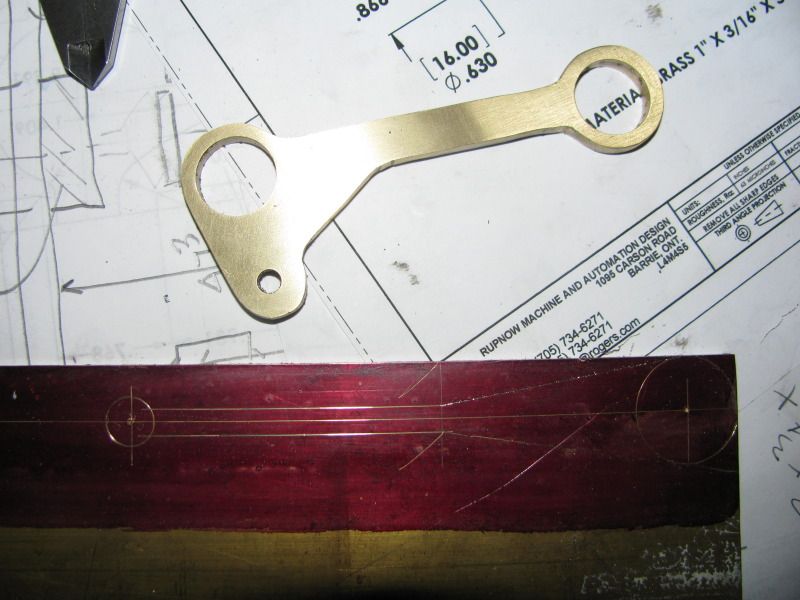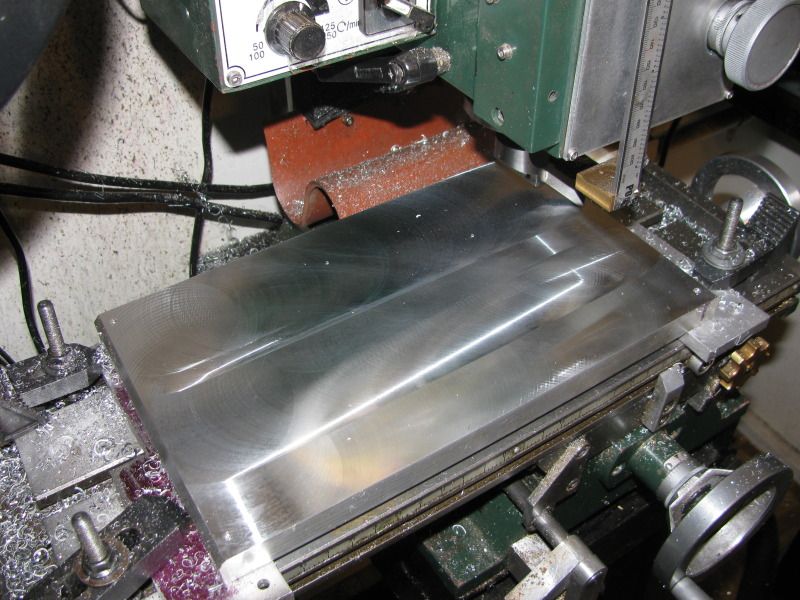- Joined
- Mar 13, 2012
- Messages
- 583
- Reaction score
- 62
It's nice to show that not everything has to be done on the mill. K point for that  (We can still call them that if we want to can't we?)
(We can still call them that if we want to can't we?)
That is a beast of a belt sander you have built yourself there. I envious!
That is a beast of a belt sander you have built yourself there. I envious!



















![DreamPlan Home Design and Landscaping Software Free for Windows [PC Download]](https://m.media-amazon.com/images/I/51kvZH2dVLL._SL500_.jpg)
















































